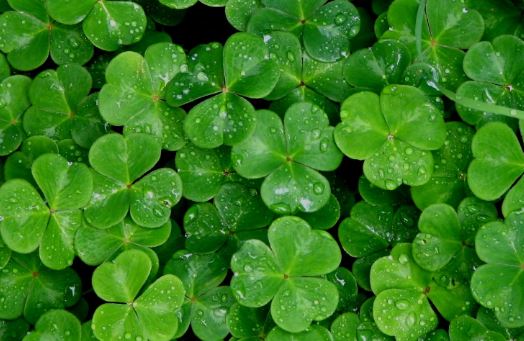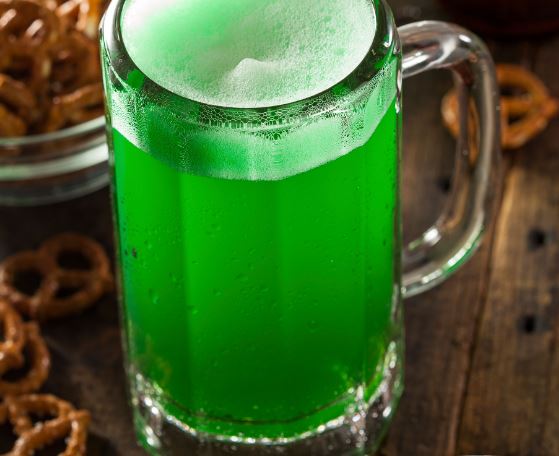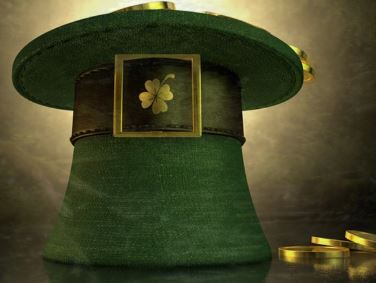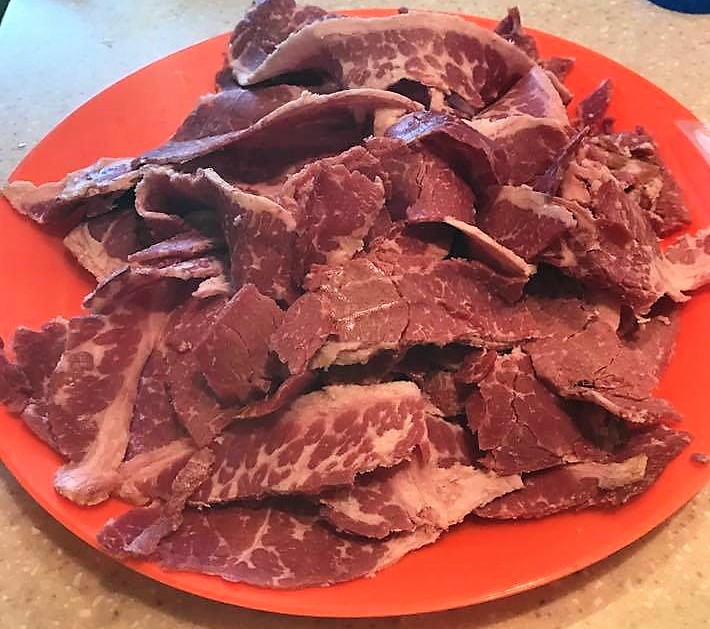In honor of St. Patrick’s Day, let’s review a few traditions.
Why green, and more importantly why a pinch?
It may surprise you to find out that the original color associated with St. Patrick’s Day was blue. The holiday originated as a Catholic celebration of St. Patrick. As the patron saint of Ireland, the green landscape and shamrocks became a large part of the celebration, changing the color from blue to green.
It's thought that the pinching started in the early 1700s. The thought was if you wore green, it made you invisible to the Leprechauns, which was good because they would pinch anyone they could see. So, the pinching is to warn and remind you about the Leprechauns (gotta love folklore!).
Shamrocks
Legend has it that St. Patrick used the three-leaved shamrock to explain the Christian Holy Trinity, but there's no specific evidence St. Patrick ever did that. Actually, traditions as early as the 17th century incorporated the plant, and history says that people wore shamrocks on their coats and closed the day by "drowning the shamrock" — placing it in a glass of whiskey before drinking it!
Green beer
How about a green beer? You'll find that most Irish people don't like the concept of turning beers green and calling it Irish. If you want to properly celebrate St. Patrick's Day, find a good Irish beer you like and raise a glass.
Interesting Fact: According to Guinness and the USA TODAY Network, on any given day Americans drink about 600,000 pints of Guinness (a Dublin-based, dark stout beer). But on St. Patrick's Day, about 3 million pints of Guinness are downed.
Leprechauns
According to John and Caitlin Matthews in The Element Encyclopedia of Magical Creatures, the first recorded mention of a leprechaun goes back to the 8th century, coming from the word luchorpán, meaning "little body" to describe water spirits. Today's leprechauns, usually rosy-cheeked, boozy little men in green attire, simply come from Irish folklore (but watch out, they pinch and steal your gold!).
Corned beef and cabbage
Although a classic St. Patrick's Day meal, corned beef and cabbage is more American than Irish. Irish Americans in the 19th century were mostly poor. One of the most affordable meats available was corned beef. And cabbage? It's a spring vegetable and it's also cheap. Hence the combination. Not a great story, but delicious none the less!
Got a St. Patrick's Day tradition that you want to share? Post it in the comments below.
Be sure to use #NKY so we can share in your fun!




